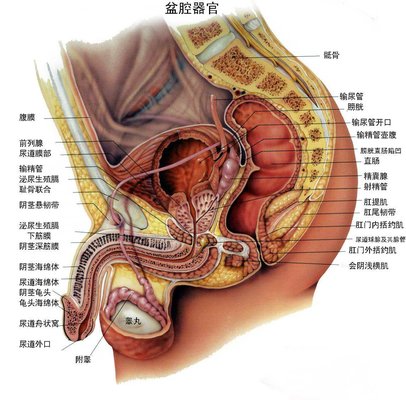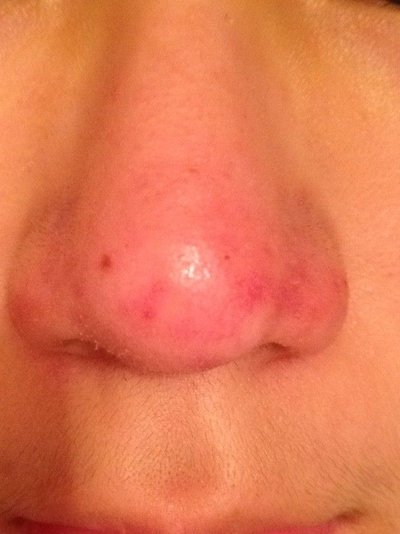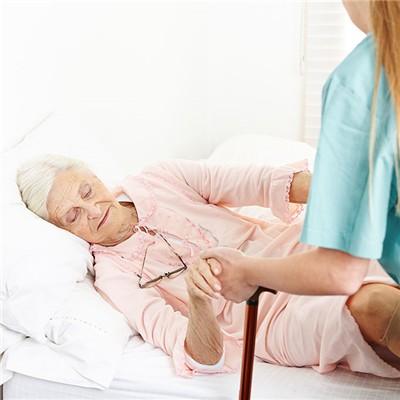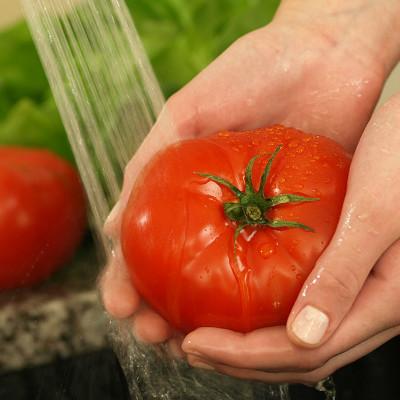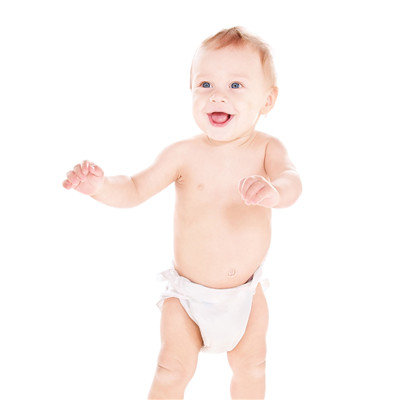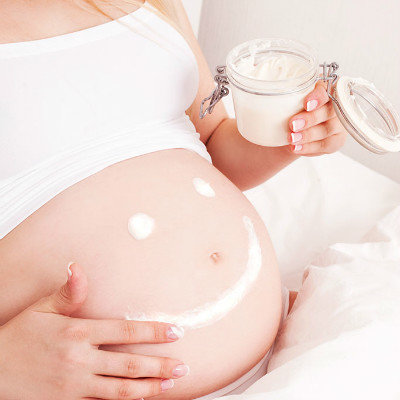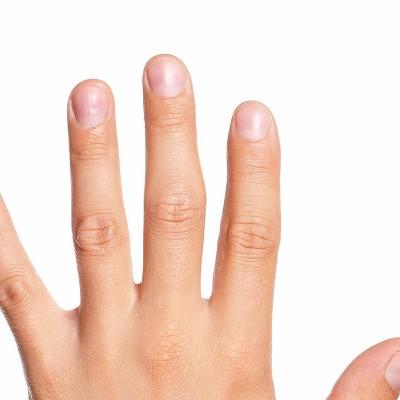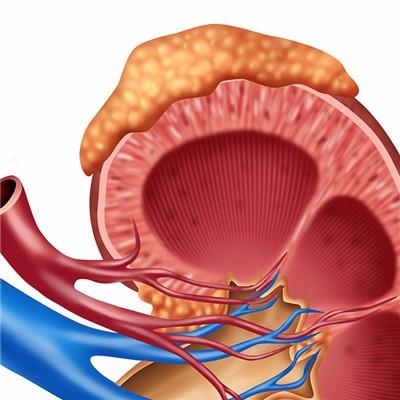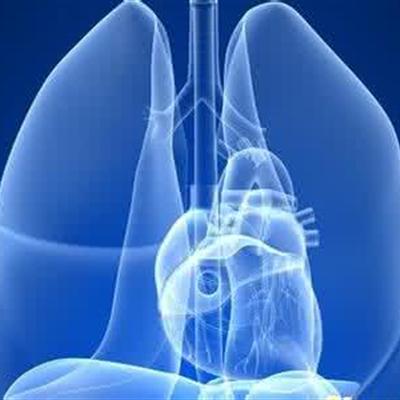Symptoms of vulvitis in children
summary
Within 15 days after birth, vaginal mucus showed significant acid reaction, and its pH value was about 5.5. After that, the pH value rose and became neutral or alkaline. The vagina of the baby girl is kept sterile at birth. Within a few days before and after delivery, due to the influence of the high estrogen of the mother, the vaginal epithelium is similar to the adult level, rich in glycogen, and the vaginal pH is 4.2-4.5. Three days later, all the cells were composed of vaginal bacilli. In about 15 days, vaginal bacilli. Vaginal epithelium maintains low hormone levels until puberty. Let's talk about the symptoms of vulvitis in children
Symptoms of vulvitis in children
1. Vulva. The main symptom is increased vaginal secretions, purulent, clinical found by the mother of infant underwear purulent secretions and see a doctor. Some children with urinary tract infection, urgency, frequency and pain. Some have adhesion of labia minora, when micturition, urine rheology is fine or shunt. Examination showed congestion and edema of the mucosa of vulva, clitoris, urethral orifice and vaginal orifice, thin and transparent adhesion of labia minora, and purulent discharge from vaginal orifice. If the lesion is serious, ulcer can be seen on the vulva surface, and the labia minora may have adhesions. Sometimes the labia minora may cover the vaginal orifice and urethral orifice, and there may be a fissure above and below the adhesions. The urine is discharged from the fissure, and sometimes it is misdiagnosed as genital malformation.
2. The vulva of infants is poorly developed and cannot cover the urethral orifice and vaginal vestibule. Pathogens are easy to invade. The common pathogens are Escherichia coli, Staphylococcus and Streptococcus. In addition, Neisseria gonorrhoeae, trichomonas, Candida are also common pathogens. Escherichia coli accounted for 80%. The vaginal secretion of the newborn was acidic within 2 weeks after birth, and the pH value was about 5.5. After that, the estrogen from the mother was excreted completely, the level of estrogen decreased, the vaginal epithelium became thinner and the glycogen decreased
3. Most of the secretions are alkaline or neutral, the pH value in vagina rises, and Lactobacillus is no longer the dominant bacteria in vagina, which leads to the decrease of resistance. The poor anti infection ability of infants and young children, coupled with the bad health habits during nursing, the vulva is not clean, directly polluted by stool, pinworm and so on, causing vulva pruritus, scratching the epidermis, mucous membrane and vaginal foreign bodies, causing bacterial invasion and inflammation.
matters needing attention
1. Keep the vulva clean and dry, reduce friction. Do not wear crotch pants, reduce the chance of vulva contamination. After defecation, clean vulva, especially after defecation. Avoid using strong irritant soap or bath liquid. After cleaning, apply baby powder or zinc oxide powder to keep local dryness. In the acute stage, sit bath 2-3 times a day. After sit bath, wipe the pudenda with cloth and apply antibiotic ointment, such as erythromycin or chlortetracycline ointment. Hydrocortisone ointment can also be applied if itching is obvious.
